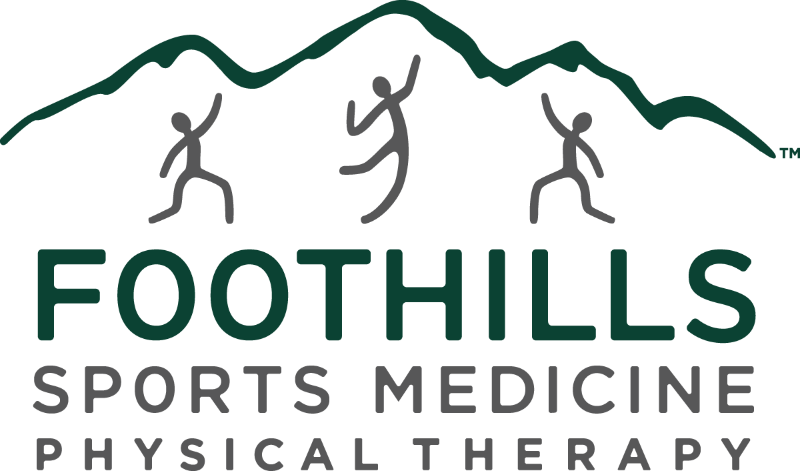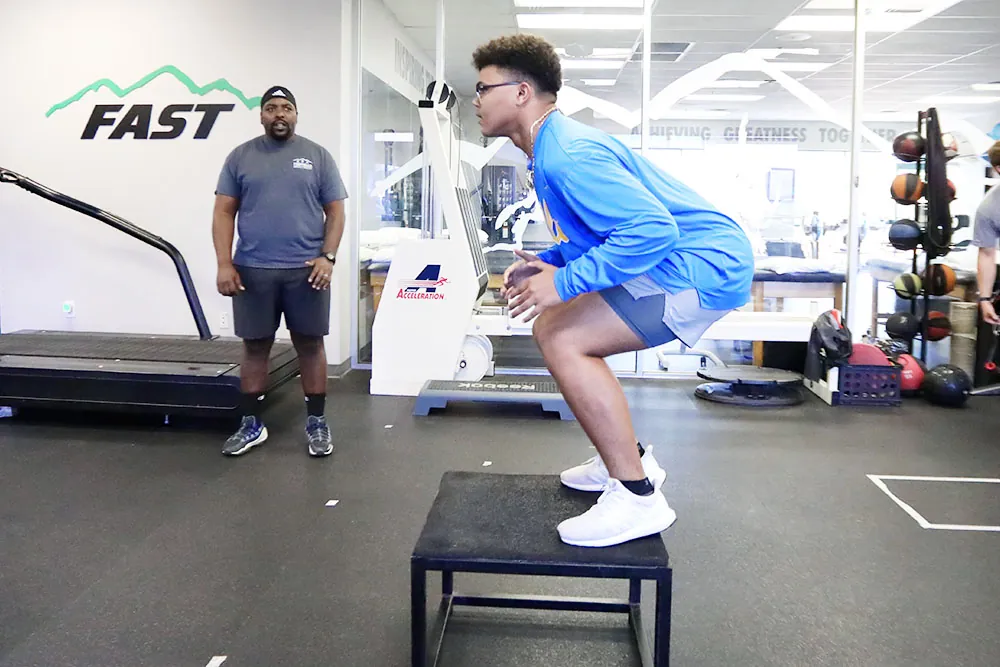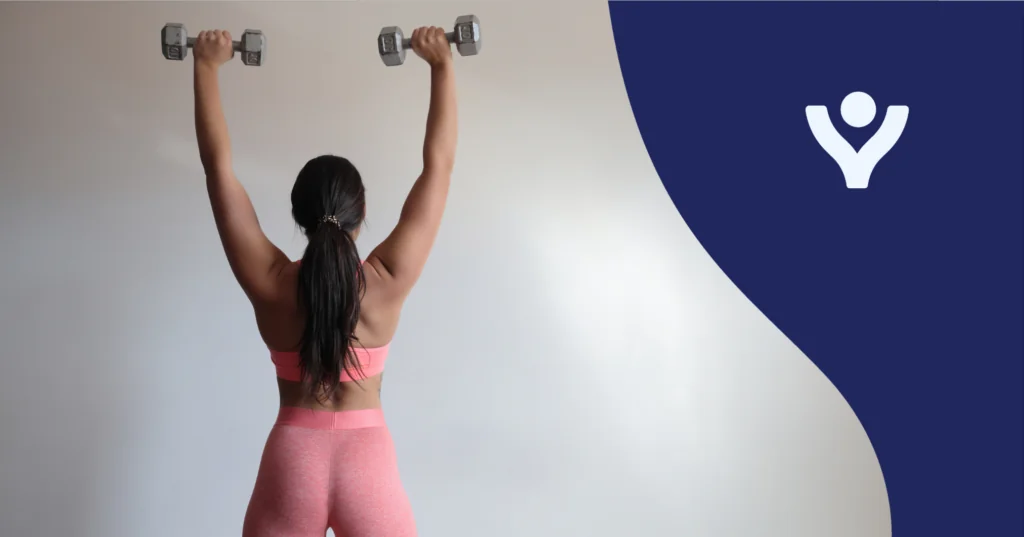Athletes are always asking how to improve their speed, quickness, and agility. The majority of athletes confuse quickness, agility, and speed, so I always start by explaining the difference between the three. SPEED can be defined as your top maximum speed, and this is equal to stride length (distance of each stride) x stride frequency (how quickly your feet return to the ground). QUICKNESS can be defined as explosive acceleration from a stationary position, and AGILITY can be defined as how quickly you change directions. All three are very critical during sport-specific skills. No matter how skilled you are at your sport, you are at a disadvantage if you are slower than your competition.

In order to increase speed, the athlete needs to work on maximizing stride length and stride frequency. In order to do this, each athlete needs to be trained with the proper biomechanics specific to each. I like to break sprinting down into an acceleration phase and a maximal velocity phase. In the acceleration phase, you need to focus on maintaining a forward lean at approximately 45 degrees, a piston-like leg action, and proper arm mechanics. Some of the drills that can help you accomplish this are wall drills, sled pulls, or sprinting on a treadmill set at a high incline. These drills will help you develop a stronger drive into the ground, which increases stride length and rate.
For the maximum velocity portion of the sprint, you need to focus on having a slight forward lean but almost upright, cyclic leg action, and proper arm mechanics. Some drills that will help are standing fast claws, stepping overruns, and working on cycling during your run. These proper biomechanics will help increase your stride length and stride frequency during the acceleration and maximum speed portions of sprinting.
Agility is best developed by doing drills that focus on increasing acceleration, increasing deceleration, and increasing the speed at which they change directions. There is often too much emphasis on training acceleration and not on deceleration, and this is a major mistake. It is like having a sports car with horrible brakes. First, you want to teach the athlete how to improve footwork and properly decelerate, then work on footwork patterns and acceleration and deceleration, and lastly, work on change of direction drills with proper mechanics. To work on agility, there are many drills that are available such as ladder drills, hurdle drills, 5-yard grid drills, W drills, 5-10-5 pro agility, and many others.

Quickness will be developed by working on first-step quickness drills and increasing strength and power, enabling the athlete to accelerate quickly from a standstill. Lots of the drills discussed earlier in the acceleration portion of speed, and the change of direction drills in agility will help with becoming a quicker athlete.
To make yourself a better all-around athlete, you need to possess a high level of speed, quickness, and agility. As the old saying goes, “Speed Kills.” Find a FAST® facility near you to help you become a better athlete.




